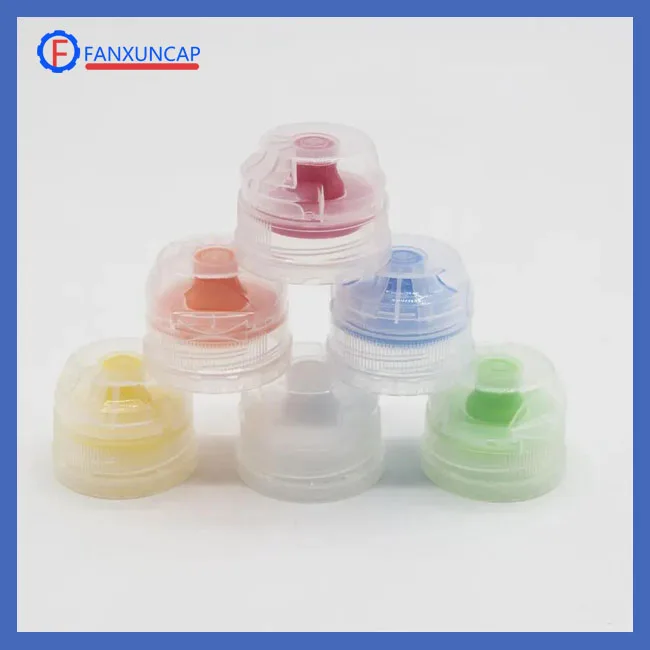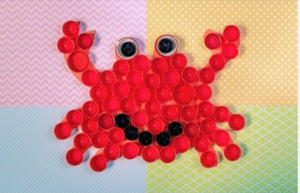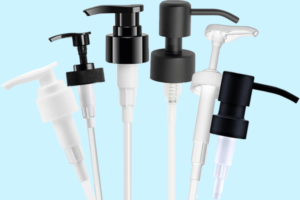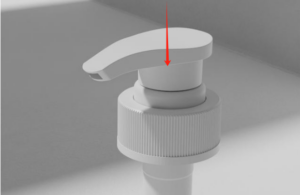En el mundo del diseño de empaque, flip top cap have become a staple for various consumer products. Estos tape innovadores brindan conveniencia, facilidad de uso, y prevenir el derrame. Sin embargo, Lo que a menudo pasa desapercibido es el arte y la artesanía meticulosa detrás de su creación.
En este articulo, we delve into the fascinating world of flip top cap design, shedding light on the thought process and attention to detail that goes into each product. From choosing the right materials to ensuring a seamless open-close mechanism, every aspect is carefully considered to provide both functionality and style.
We explore the evolving trends in flip top cap design, from sleek and minimalist designs to vibrant and eye-catching options. We also discuss how brands have successfully incorporated their unique brand voice into the cap design, making them instantly recognizable and memorable.
Whether you are a packaging enthusiast, a brand owner looking to elevate your product’s packaging, or simply curious about the intricate artistry involved, this article will provide you with a deeper understanding of the flip top cap design process and how it can enhance the overall consumer experience.
Importance of design in flip top caps
While functionality is vital, flip top caps also serve as an opportunity for brands to showcase their unique design aesthetic. The cap design can enhance the overall consumer experience, making the product more visually appealing and memorable.
Brands often invest time and resources in designing caps that align with their brand identity and target audience. Whether it’s a sleek and minimalist design for a luxury skincare brand or a vibrant and playful design for a children’s product, the cap design plays a crucial role in communicating the brand’s values and personality.
Factors to consider in flip top cap design
Designing a flip top cap involves a careful consideration of various factors to ensure both functionality and style. The choice of materials is essential, as it affects the durability, flexibilidad, and overall quality of the cap. Common materials used for flip top caps include polypropylene, PEAD, and PET. Each material has its own advantages and limitations, and designers need to select the most suitable option based on the product’s requirements.
Another crucial factor is the ergonomics of the cap design. It should be easy to grip and open, even for individuals with limited dexterity. The size and shape of the cap should be comfortable to hold and operate, ensuring a seamless user experience.
Además, designers need to consider the manufacturing process and cost implications. Complex designs may require additional molds or assembly steps, which can impact production efficiency and cost. Striking the right balance between aesthetics and feasibility is essential to create a successful flip top cap design.


How to create a visually appealing flip top cap
Designing a visually appealing flip top cap requires a combination of creativity and technical expertise. Here are some key considerations to keep in mind:
1. Simplicity: Opt for clean lines and minimalistic designs that convey elegance and sophistication.
2. Colors: Choose colors that align with the brand’s identity and evoke the desired emotions. Consider the psychology of colors and their impact on consumer perception.
3. Typography: Select fonts that are legible and reflect the brand’s personality. Experiment with various styles and sizes to create visual interest.
4. Finishes: Explore different finishes such as matte, glossy, or metallic, to add texture and depth to the cap design.
5. Brand Integration: Incorporate the brand’s logo or visual elements seamlessly into the cap design, ensuring a cohesive and recognizable identity.
By considering these factors and experimenting with different design elements, brands can create visually appealing flip top caps that stand out on the shelves and resonate with consumers.
Future trends in flip top cap design
As consumer preferences and packaging trends continue to evolve, flip top cap design is expected to undergo further innovation. Some emerging trends to watch out for include:
1. Sustainable Materials: The demand for eco-friendly packaging solutions is on the rise. Designers are exploring materials such as bioplastics and recycled plastics to create flip top caps that are both functional and environmentally conscious.
2. Smart Cap Technology: With the advent of smart packaging, flip top caps may incorporate features such as RFID tags or NFC technology to provide consumers with real-time information about the product or personalized experiences.
3. Personalización: Brands are increasingly offering customizable flip top caps, allowing consumers to personalize their products and create a sense of ownership.




